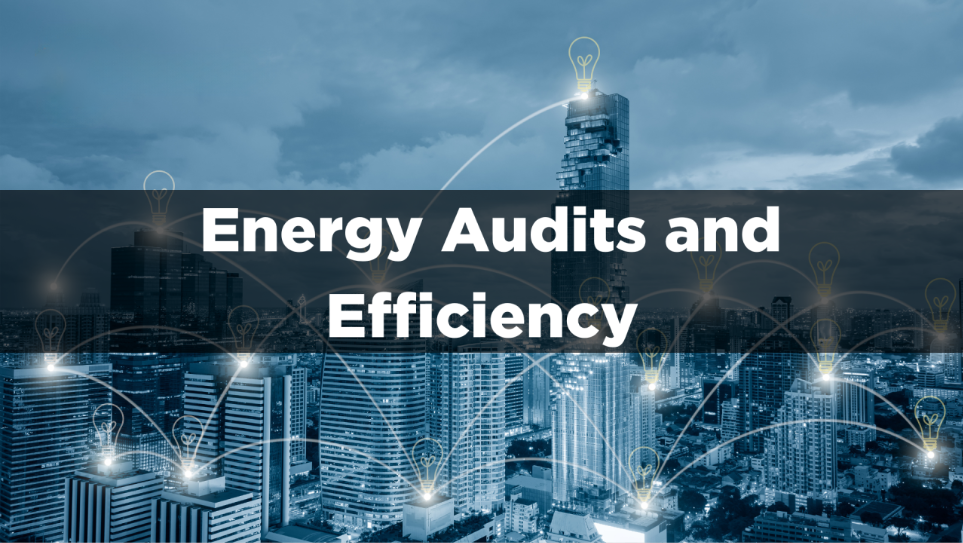
Energy yield refers to the total electrical energy generated by solar panels over a defined timeframe, generally represented in kilowatt-hours (kWh) or megawatt-hours (MWh). It represents the actual power output of a solar PV system. It accounts for all the factors that influence how much energy the system generates, including environmental, design, and operational conditions.
Essentially, energy yield reflects the energy that is truly captured from solar panels, considering external influences like heat, dirt, and shading, while efficiency is determined through tests conducted in controlled environments. For example, a solar PV system with a capacity of 1 kilowatt (kW) may yield 1,500 kWh of energy per year in a sunlight-abundant region like Rajasthan, while the same system in a cloudy region could generate only 800 kWh annually. Understanding the energy yield of solar photovoltaic (PV) systems can help evaluate their performance and efficiency.
Key Factors Influencing Energy Yield
1. Solar Irradiance
Solar irradiance refers to the amount of solar energy received per unit area. It directly impacts energy generation. Therefore, higher irradiance areas hold a greater potential for energy production.
For example, in regions like Rajasthan, solar panels are expected to generate more electricity compared to areas with lower sunlight exposure. Rajasthan receives an average solar irradiance of around 5-7 kWh/m²/day, making it one of the most sunlight-abundant places in India. This high level of sunlight enables solar panels to generate substantially more electricity than regions receiving lower sunlight, such as Uttar Pradesh, which averages about 3-4 kWh/m²/day.
2. Panel Orientation and Tilt
The orientation and tilt of solar panels are important for capturing sunlight effectively. Panels that face the sun directly absorb more sunlight and produce more energy.
Since India is located in the northern hemisphere, south-facing surfaces like walls and windows get the most sunlight. Therefore, solar panels should face south for the optimum efficiency. However, sunlight varies across the country, so adjustments are needed. For example, southern states work best with a 10-degree tilt, while northern states need about 20 degrees. This tilt improves efficiency and increases the energy output of rooftop solar systems.
However, increased tilt angles in northern regions lead to greater wind pressure on the panels, necessitating stronger mounting structures. While this may increase installation costs by about 5%, they significantly reduce the risk of damage during strong winds or cyclones, avoiding higher repair and replacement expenses.
3. Geographical Location
The solar installation’s geographic location affects the quantity of sunlight available over the year. Regions closer to the equator benefit from consistent sunlight year-round, whereas areas at higher latitudes may face shorter days and diminished sunlight during winter months.
Since northern states in India are at a higher latitude, solar panels are best tilted at a steeper angle to capture maximum sunlight, especially during winter months. In contrast, southern India, with its lower latitude, requires a flatter tilt to optimize solar gain year-round.
4. Panel Efficiency
Not all solar panels possess the same attributes. Their efficiency indicates how well they convert sunlight into electricity. For example, a panel with a 20% efficiency rating converts 20% of the sunlight it receives into usable energy, with the rest lost as heat or reflected light. High-efficiency panels that utilize technologies such as TOPCon or HJT can generate more energy, especially in limited areas. Technologies like TOPCon or HJT can exceed efficiencies of 24%.
Thus, a high-efficiency solar panel can generate significantly more electricity than a standard panel under the same conditions, making it a better choice for maximizing energy output.
5. Environmental Conditions
Factors such as temperature, shading, and soiling can affect panel performance and reduce energy yield.
- Temperature: Solar panels function less effectively at high temperatures. As the temperature rises, their performance may decline.
For example, panels in regions, where temperatures regularly surpass 40°C, may experience reduced efficiency compared to panels located in cooler regions, characterized by milder temperatures.
- Shading: Shading refers to any obstruction that prevents sunlight from reaching the panels, such as trees, buildings, or debris, which can lessen energy output. The solar panel angle and direction should be carefully designed to minimize shading issues.
For example, a panel partially shaded by nearby buildings might generate only 50% of its potential output, while a similar panel in an unobstructed area could operate at maximum capacity.
- Soiling: Sunlight absorption can also be affected due to the accumulation of dust and dirt particles on the solar panels.
For example, dusty areas need regular cleaning as dust accumulation can reduce energy output by as much as 30%.
Know your Energy Yield
- Understand Installed Capacity: This is the total power your solar system can produce under optimal conditions, measured in kilowatts (kW).
- Account for Solar Irradiance: Solar irradiance is the amount of sunlight that reaches your panels in a day or year, typically measured in kWh/m²/day.
- Include System Efficiency: All of sunlight is not converted into electricity. Various factors, such as inverter efficiency, shading, and panel performance are responsible for lower efficiency.
- Calculate Energy Yield: To find the total energy generated over a given period (e.g., kWh/day or kWh/year), multiply your installed capacity by solar irradiance and system efficiency.
Formula:
Energy Yield (kWh) year = Rated Power (kW) × Solar Irradiance (kWh m²/day) × System Efficiency × 365
Example Calculation:
- Given Data: Rated Power of the solar system: 5 kW, Average Solar Irradiance: 5.5 kWh m²/day, and System Efficiency: 0.85 (or 85%)
- Calculating the energy yield:
- Daily Energy Yield=5 kW×5.5 kWh m²/day×0.85 = 23.375 kWh day
- Annual Energy Yield = 23.375 kWh day × 365 = 8,528.875 kWh year
In this example, a 5 kW solar PV system with an average solar irradiance of 5.5 kWh/m²/day and an efficiency of 85% would yield approximately 8,529 kWh of energy annually.
Why Is Energy Yield Important?
- Economic Viability: High energy yield means lower payback periods and better financial returns on investment.
- Energy Independence: A well-performing solar system can reduce reliance on grid electricity.
- Environmental Impact: Maximizing yield reduces the system’s carbon footprint.
How can one optimize Energy Yield?
- Use Advanced Panel Technology: Investing in high-efficiency panels like Mono PERC, TOPCon, or HJT can improve electricity conversion and minimize efficiency losses due to heat.
- Install at the Right Angle: Engineers based on the local sun can determine the ideal tilt angles required for getting the optimal output.
- Regular Maintenance: Routine maintenance including cleaning and inspections, is essential to ensure panels function at their highest efficiency. In agricultural areas like Punjab, farmers using solar-powered irrigation systems are often required to clean their panels regularly to maximize output during critical growing seasons. This practice can increase annual energy production by up to 500 kWh per system compared to unmaintained systems.
- Consider Energy Storage: Integrating battery storage systems with solar installations can allow users to store excess energy generated during sunny days for use during nighttime or cloudy periods. Thus, energy storage systems improve overall utility and reliability.
Conclusion
Energy yield is a comprehensive measure of how well a solar PV system performs. By understanding and optimizing factors like sunlight, panel orientation, and maintenance, we can maximize the energy produced, ensuring both economic and environmental benefits.










